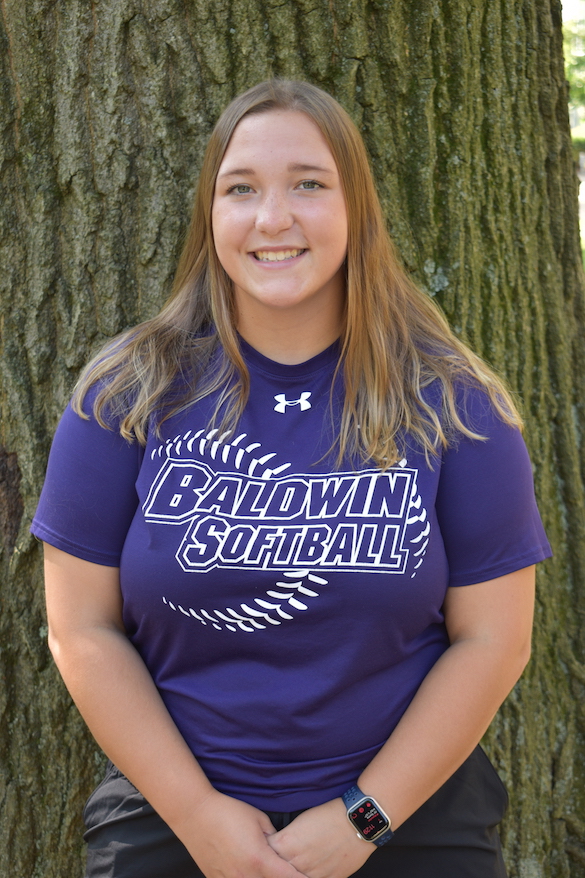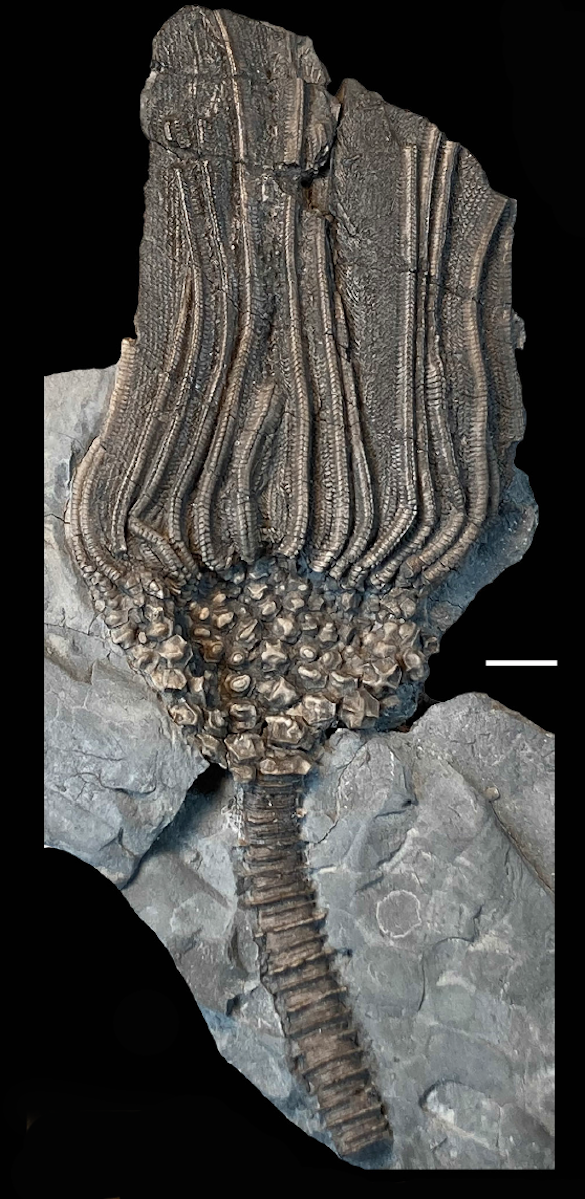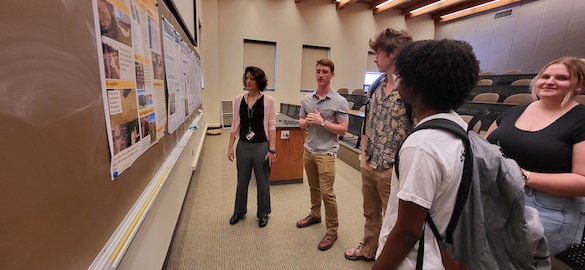 Editor’s Note: Independent Study (IS) at The College of Wooster is a three-course series required of every student before graduation. Earth Sciences students typically begin in the second semester of their junior years with project identification, literature review, and a thesis essentially setting out the hypotheses and parameters of the work. Most students do fieldwork or lab work to collect data, and then spend their senior years finishing extensive Senior I.S. theses. Richard Torres was advised by Mark Wilson (me!). The following is his thesis abstract —
Editor’s Note: Independent Study (IS) at The College of Wooster is a three-course series required of every student before graduation. Earth Sciences students typically begin in the second semester of their junior years with project identification, literature review, and a thesis essentially setting out the hypotheses and parameters of the work. Most students do fieldwork or lab work to collect data, and then spend their senior years finishing extensive Senior I.S. theses. Richard Torres was advised by Mark Wilson (me!). The following is his thesis abstract —
In this study, I investigated changes in diatom population composition in relation to water chemistry in North American Upper Midwest lakes over the past three decades. I collected diatom samples from several lakes (Ohio, Minnesota, Wisconsin, North and South Dakota) using sediment cores and sediment traps. I observed an increase in the average diversity of diatoms over the three decades, but no significant similarity between the diversities of the lakes. I calculated the dissimilarity of the populations through Bray-Curtis Dissimilarity, finding it to be moderate to high between the lakes through time, with an average dissimilarity of 70 percent, which indicates a high difference between the population makeups between the lakes, past and present.
To analyze how diatom assemblages shifted regarding changes in water chemistry and other environmental factors, I used both bivariate correlation on diversity and general linear models with repeated measures on diatom population composition. From this analysis, I found that pH has a stronger effect and specific conductivity has a weaker effect on diatom diversity when compared to three decades ago. On individual genera, pH and water clarity did not have a significant effect on diatom assemblages, while total dissolved solids did. Moreover, individual genera were less influenced by specific conductivity than they were three decades ago. When analyzing modern diatom assemblages in relation to water chemistry, I found that pH, oxidation-reduction potential, specific conductivity, salinity, total dissolved solids, and water density all had significant effects.
There were potential difficulties and sources of error in this study. For instance, I used a smaller number of diatoms than recommended in other studies, and there were difficulties in identifying certain genera. Survivor bias was also possible, where the diatoms studied might not be representative of the lakes’ populations as some might have been destroyed between life and being mounted on the slide, by predation, silica dissolution, and fragmentation during centrifuging, among other hazards. This study holds implications for lacustrine resource management and climate reconstruction, as there is little to no research regarding changes to diatom ecology in the American Midwest in the past 20 years, furthermore, no research has been done looking at the effects of water density on diatoms. Further research is needed to better understand diatom’s complex interactions with their environment.


























